The colourful mural by Norwegian artist, Per Krogh features prominently in the UN Security Council chamber. It depicts a phoenix rising from its ashes, as a symbol of the world being rebuilt after the Second World War. . Photo: UN Photo/DN
This article is from the United Nations and I thought that my recent articles on the phoenix and worm coincide with this event.
Norway’s permanent place in the Security Council – Last updated: 5/22/2013 // Norway doesn’t have a permanent seat in the UN’s Security Council. The Security Council Chamber’s chairs and other interiors, however, are all Norwegian.
The United Nations’ Security Council Chamber has been renovated after almost 60 years of faithful service, and had its grand opening in April 2013. It was returned to its original form, and has hence stood the test of time. This was also a main priority when Norwegian architect Arnstein Arneberg planned its somewhat conservative interiors in the early 1950s.
‘My understanding of the problem was to execute a room of good, durable materials with a character, in all simplicity, which represented not only a casual taste of today, but a character so neutral that it could withstand the test of time,’ explained Arneberg to the periodical Interiors in 1952, shortly after the Chamber’s completion.
In the years that have gone by since then, this small chamber, situated in the UN Conference Building at Eastern Manhattan, has seen visits by more Heads of States and noble people than most other rooms around the world.
Exactly how Norway and Arneberg was handed the task of financing and constructing the interiors of this very special room, is hard to trace. But in a 2005 article in the Scandinavian Journal of Design History, Ingeborg Glambek concludes that it is obvious that the first UN Secretary-General, Trygve Lie of Norway, was influential when the decision was made.
Still, the process towards decorating the chamber wasn’t always as straightforward. For example, the Norwegian produced textiles for the walls had to be fire-proofed according to local New York state regulations; and this treatment, it turned out, made the textiles shrink!
This and other challenges were eventually overcome, and the trade-mark blue walls imprinted with the yellow anchors of faith, the growing wheat of hope, and the hearts of charity are still there.
Due to a need to cut costs, only the front part of the room was clad in marble, marble that is framing the main attraction of the room; a huge Per Krogh oil canvas painting constructed around the theme of a phoenix rising from a world in ashes.
It is easy to think that these ashes symbolize the then recent World War II.
‘The essence of the idea is to give an impression of light, security and joy. The world we see in the foreground is collapsing, while the new world based on based on clarity and harmony can be built up,’ explained Krogh himself in 1950, before adding;
‘Thus must the work of the UN and the Security Council provide the seeds for a new and more valuable life’.
Due to fear for the painting causing delegates to lose concentration, the then UN Art Panel was less convinced. But an insistent Arneberg, probably backed by Secretary-General Lie, eventually put the painting in place in time for the opening.
Today the fear for lack of concentration seems also to have gone away, as a decision was made to move the canvas along with the council to the temporary Security Council Chamber. And now it is back at its original location in the real and renovated Security Council Chamber.
The Security Council Chamber in figures
First meeting held: April 4th 1952.
Official inauguration: August 22nd 1952.
Dimensions: Floor space of 48 x 29 meters.
Capacity: 120 seats for the press and 400 for the general public
(Sources: Glambek, Ingeborg 2005, ‘The Council Chambers in the UN Building in New York’, Scandinavian Journal of Design History, vol. 15, pp. 8-39; www.un.org)
See more:
Photos from the renovation and from the reopening
Film from the reopening and a film about the Security Council Chamber
SOURCE: Norway UN

Moe is the founder of GnosticWarrior.com. He is a father, husband, author, martial arts black belt, and an expert in Gnosticism, the occult, and esotericism.

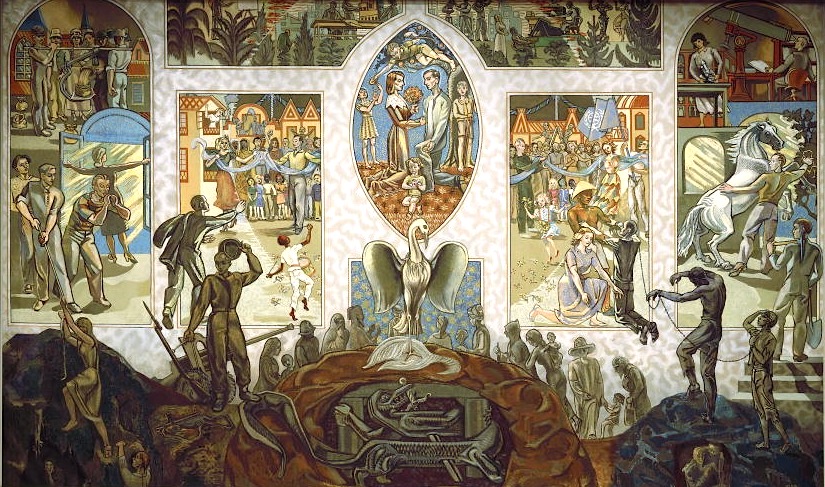
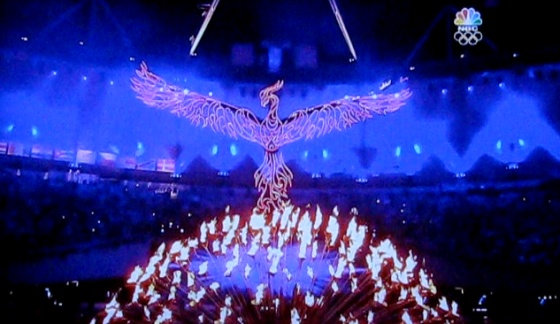
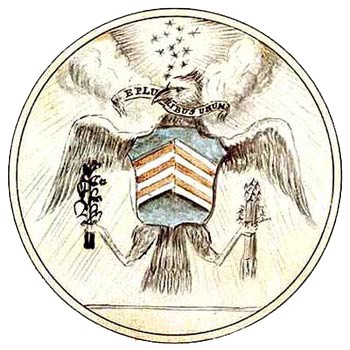
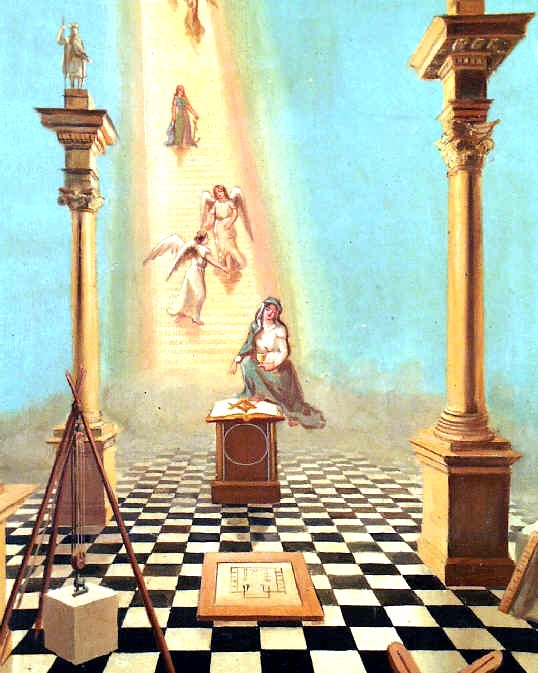
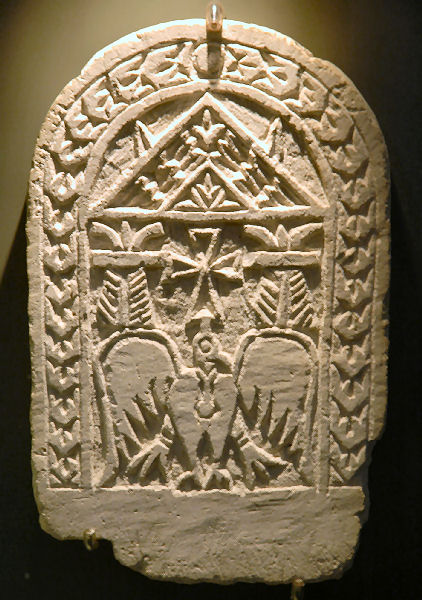


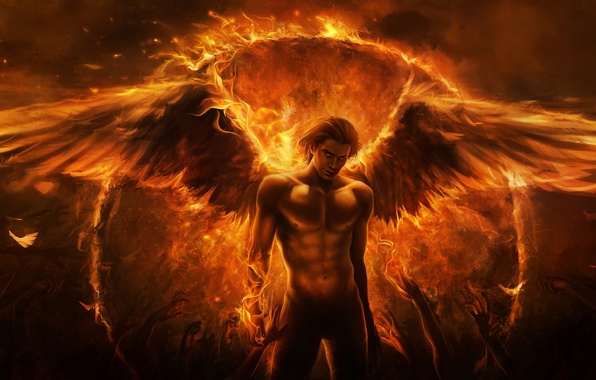
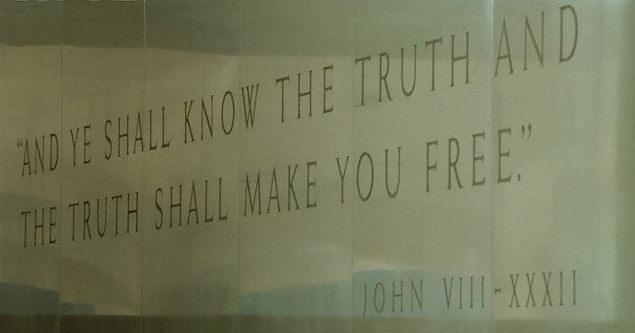
The mystical Phoenix represents a significant part of my life, in which I was “reborn” and recreated myself “out of the ashes” of my life. I have researched nearly everything I could find on the history and influence behind the Phoenix. Your information added to my knowledge base, and I appreciate it very much. In my first book, titled “Phoenixivity,”I centered on how the early Christian church utilized the Phoenix as a way of converting pagans to Christianity, in explaining the Resurrection of Jesus Christ. Then I elaborated on how the Phoenix played an integral part in transforming my attitude and roles in life. Again, thank you, and feel free to contact me any time about the PHOENIX!
I wish some had original UN Mural prophecy video from early 2005 it had all the evil UN was planning